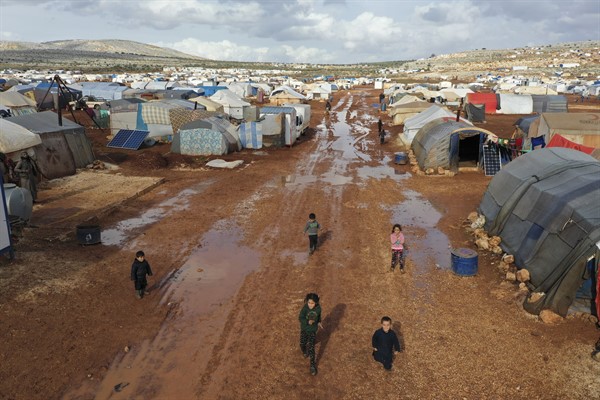Loading your audio article
Today, nine of every 10 people in the world who have been internally displaced by conflict have been living in a state of limbo for over a decade. For many of the millions of people who were displaced last year alone, fleeing to escape violent conflict and natural disasters while remaining in their home countries, the end of displacement may not come soon, if at all. When short-term humanitarian aid and media attention dry up, they will be largely forgotten.
In a highly anticipated report launched in late September, the United Nations’ High-Level Panel on Internal Displacement called for concrete measures to tackle this growing crisis by incorporating development-based approaches into the humanitarian response. The aim of these recommendations is to integrate internally displaced people, or IDPs, into society and end the scourge of displacement once and for all. If taken seriously, this report could mark a turning point in one of the world’s most urgent challenges.
“Leave No One Behind” has been the mantra of the U.N.’s efforts to promote its flagship global development agenda, the 2030 Sustainable Development Goals. Yet while the world has increasingly recognized the importance of harnessing long-term development interventions to integrate cross-border refugees and meet the needs of asylum-seekers, people displaced within their country’s own borders have been largely forgotten. Despite its invisibility, however, internal displacement’s negative impacts are vast. Of the more than 80 million displaced people in the world, more than half—some 48 million—are classified as IDPs by the U.N. Refugee Agency, while the number of refugees who have fled their countries stands at just over 26 million.

